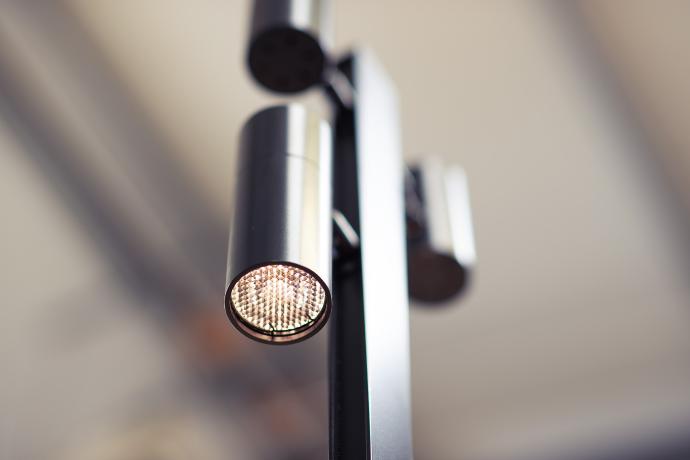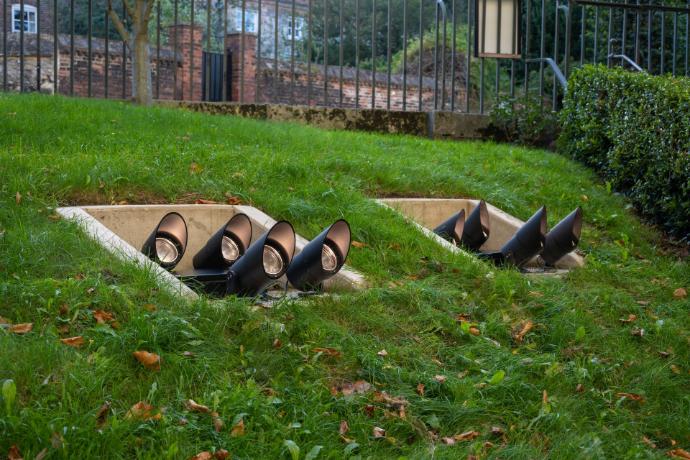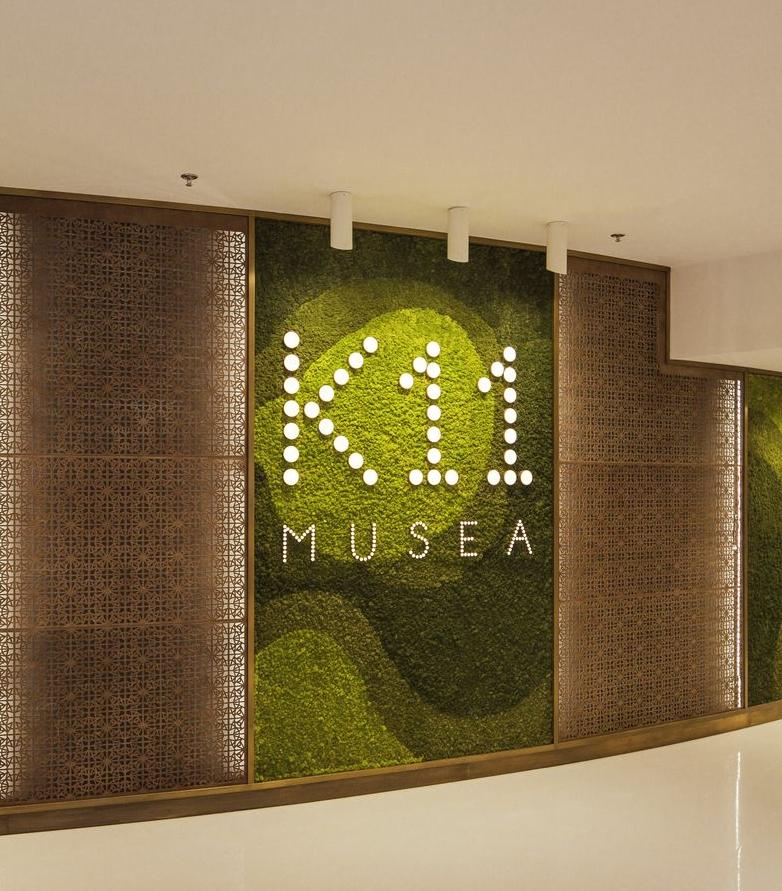Glare
Glare might most simply be defined as visual discomfort relating to exposure of the eye to light, a human stress response to lighting conditions.
Glare is of course very much related to context or environment; on the darkest of nights a light being turned on may cause discomfort, it may feel glary, that same lighting being turned on whilst the same room is in daylight likely won't seem glary. The contrast between the background light levels and other sources of light, such as luminaires but perhaps also windows, is important.
The lighting industry has developed a glare rating, the Unified Glare Rating (UGR). This is a numerical value that can describe the level of visual discomfort for a person under prescribed lighting conditions and position within a space. The higher the number the higher the glare.
There are various standard and guidance documents that prescribe glare limits for different working conditions or environments, such as BS EN12464 Light and lighting – lighting of work places. Within office lighting environments it is common for requirements of UGR<19. We also see reference to glare limits within building level certification schemes such as WELL.
Glare can be established through the use of light design and planning software such as Dialux and Relux. Stoane Lighting photometry can be used to model the planned implementation of the products in a space and glare checked at relevant/prescribed locations. Quick reference UGR values can also be taken from a glare table which can be exported from photometric software based on products measured. This is something we can do on request.
Some luminaire manufacturers will give products a UGR rating or make a statement like UGR<19 for a product, strictly speaking this isn’t right but a UGR rating applied to a luminaire might imply that under certain circumstances that luminaire applied in a scheme is likely to deliver the quoted results.
Whilst much effort is placed on theoretical calculation of UGR values in the lighting design process and it's less common to verify glare values after installation, that is possible through the use of specialist measurement equipment.
Stoane lighting luminaires often come with accessories to reduce glare such as louvers and extended snoots. Products can very often also be adjusted and locked to set the direction of focus which will also impact on glare results. As a ‘manufacture to order’ only manufacturer of standard, derivative and bespoke luminaires Stoane Lighting have flexibility to look at and evaluate (photometry possible) glare reduction measures on products.


